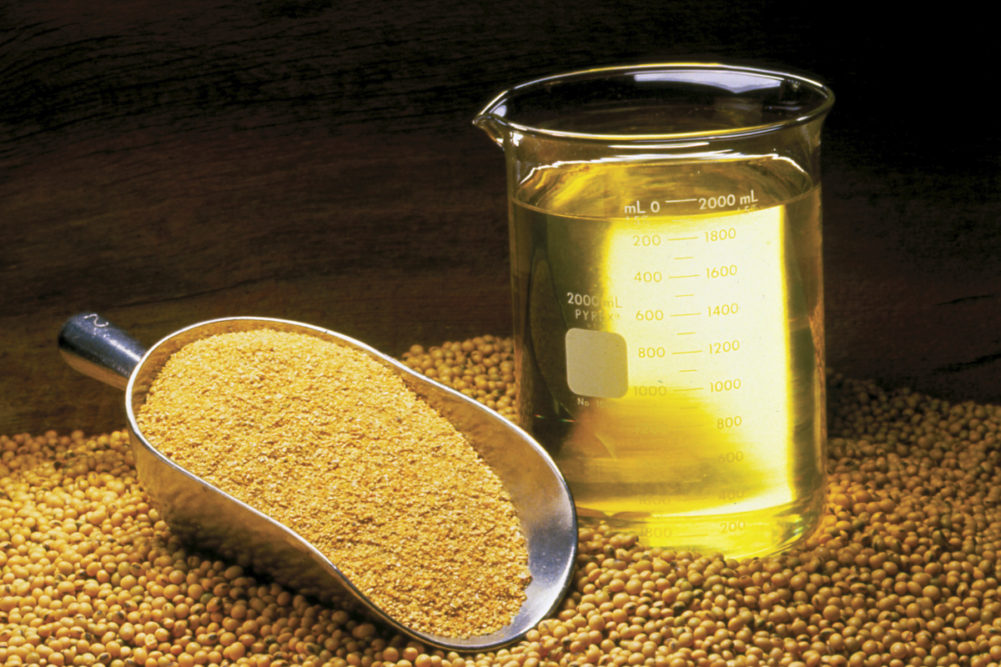KANSAS CITY, MISSOURI, US — Soybean oil, although high in price, is available in the United States, and supply should increase within two years as new soybean crushing facilities become operational, said Mac Marshall, vice president of market intelligence for the United Soybean Board, in a January webinar hosted by Food Business News, a sister publication of World Grain.
“We’re not in any sort of critical space,” he said of the soybean oil industry’s ability to provide the supply America needs.
The price of soybean oil was 59¢ per pound on Jan. 12 on the Chicago Board of Trade, which was up 37% from 43¢ on Jan. 12, 2021. Higher prices have hit other commodities as well, with coffee up 76% from a year ago and palm oil up 35%.
“What we have seen happen in soybean oil price escalation over the last year, it isn’t something that is unique to that one commodity,” Marshall said. “It’s something that has spanned across that whole commodity space.”
Biofuel demand has increased alongside the rise in soybean oil prices. Domestic use of US soybean oil for biofuel rose to 4.990 million tonnes, or 42% of all soybean oil use, in the 2021-22 year from 4.014 million tonnes, or 37%, in 2020-21, according to the US Department of Agriculture. The increase in biofuel use, however, had little effect on domestic use for food, feed and other industrial, which dipped to 6.418 million tonnes, or 53%, in 2021-22 from 6.565 million tonnes, or 54%, in the previous year. Exports fell to 646,000 tonnes, or 5%, from 782,000 tonnes, or 9%.
“Where that additional demand for biofuels is being met at least to this point is from scaling back on soybean oil exports,” Marshall said.
The United States in soybean oil experienced trade deficits of 8,350 tonnes in August and 870 tonnes in September, according to the US Census Bureau. From January to November, there still was a trade surplus of about 500,000 tonnes.
New soybean crushing facilities should come online over the next couple of years, which should lead to a 15% to 20% increase in crush capacity and ease bottlenecking in the supply chain, Marshall said.
To watch a replay of the webinar, click here.




